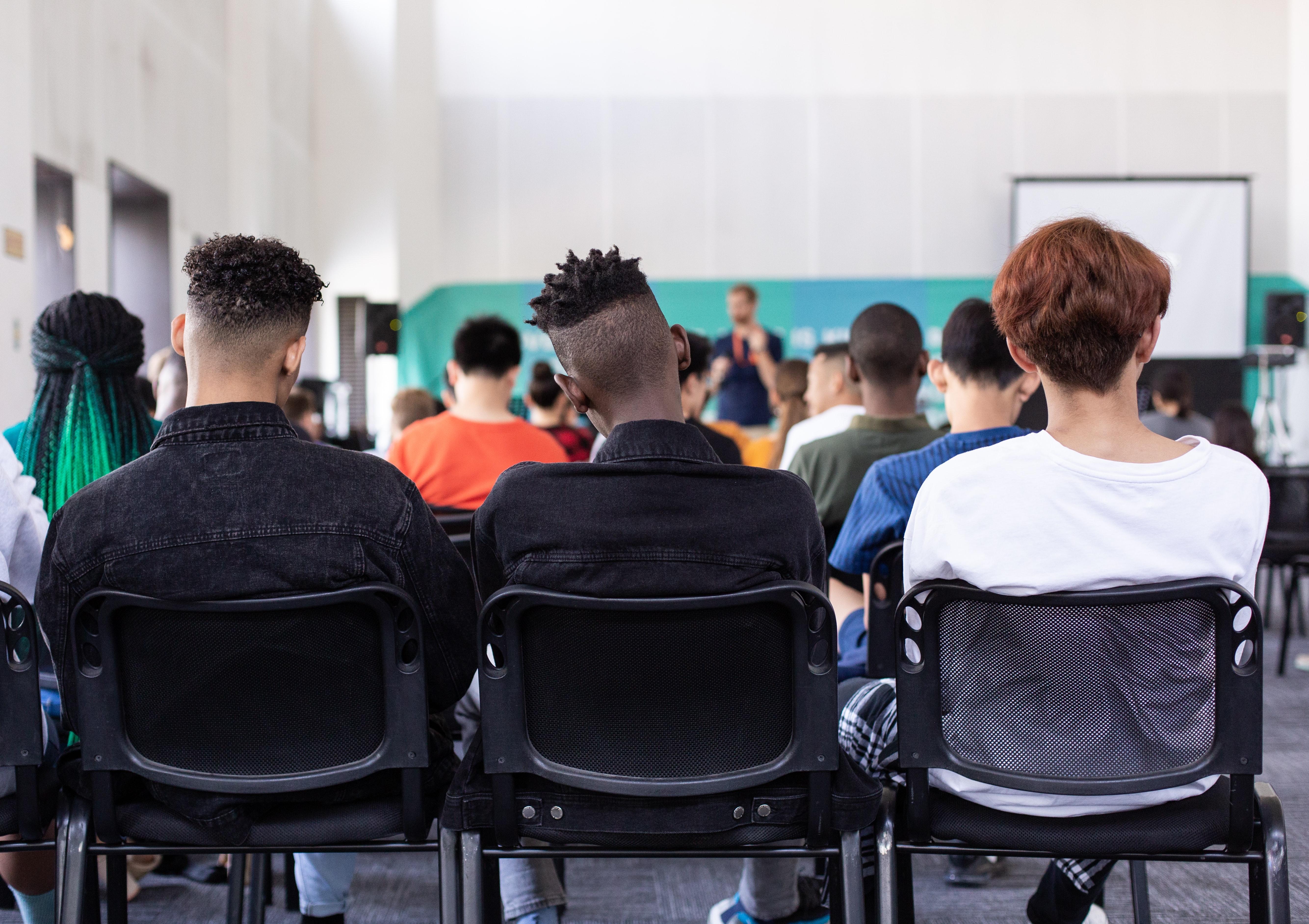Lee-Ann Sequeira explores the ‘problem’ of silence in the classroom and the assumptions made about silent students.
Silence in a social setting can often be awkward. It can be even more awkward in a classroom when you are the teacher. For most teachers, silent students, the quiet, shy, reserved ones who do not participate, are seen as problem students. Loads of tips abound on the internet and in education development and classroom management literature about how to draw them out of their shells – from using incentives such as grading class participation to introducing pair-share activities that provide a smaller-scale forum for them to share their thoughts.
However, silence in the classroom is only a problem if the teacher sees it as such. This reveals more about our perceptions of and attitudes towards silence; so let us examine some commonly-held views about silent students and class participation.
Silent students are shy
Teachers often equate silence in students with shyness, lack of confidence, fear of speaking up, lack of preparation, avoidance of work, and lack of fluency in the medium of instruction. While these are possible reasons, silence amongst students in the classroom often tends to be pathologised in this way. It is equally possible that said students could be disinterested in the topic, not feeling challenged, inclined towards being more reflective or introverted (often erroneously conflated with being shy); none of which have pejorative overtones. Tarring all students who do not participate vocally with the same brush, is at best, stereotyping, and at worst, a rudimentary application of the deficit model of learning.
… speaking up is not the only way to articulate one’s thoughts ... vocal or oral contributions are not the only forms it needs to take
Silence is an indication that the student is not learning
For many students, participating in a lecture or a class improves their ability to understand and learn as they articulate and defend their views. A study conducted in an introductory Chemistry course indicated that students who participated more frequently showed a greater improvement in their understanding of Chemistry. Articulation of thoughts helped with cognition, and acknowledgement from a lecturer or peer increased motivation to participate. However, speaking up is not the only way to articulate one’s thoughts. Using free-writing exercises where students can jot down their responses or drawing concept maps are other ways of articulating one’s understanding. And for students who are more intrinsically motivated, acknowledgement from a lecturer or peer may not carry much weight. Participation in the class does enable learning, but vocal or oral contributions are not the only forms it needs to take. Incorporating multi-modal responses (written, graphical, etc.) and cultivating an engaged silence can enhance the quantity and quality of participation.
Awarding a grade for class participation ensures that the silent ones contribute
Incentivising class participation by awarding a grade or a portion of the final grade is widely used in American universities. And while it may motivate students to participate, does it foster deep learning? Vocal participation can be seen as performative (assessable), socialising or culturally appropriate, and as such, is not always conducive to learning. For some students, silence is a deliberate choice – an exit strategy to avoid blowhard peers trotting out trite clichés in lockstep with the teacher’s expectations. If class participation is to carry credit, then teachers should explain to students how meaningful discussions can contribute to overall learning, and instead of devaluing silence, the notion of participation should be expanded to include oral and non-oral forms of contribution (in addition to practical considerations such as transparent rubrics, preparation time for students, etc.).
Students need to develop good oral communications skills for the world of work
At LSE, we pride ourselves on our alumni, who often go on to become leading figures in academia, government and business. Just as being able to contribute to a discussion or respond to a question on your feet is a communication skill required in many jobs, active listening skills and practising an engaged silence – ceding the floor to others, creating an open space where all feel entitled to express their views and opinions – are important transferable skills too. As teachers and lecturers, we need to be more explicit about the value of engaged silence not just in learning, but in the workplace too.
Active participation and communication are key requirements in today’s society
20 years into the 21st century and we have seen a move from the information age to the digital revolution. As we access greater amounts of information through an increasing number of platforms and devices, our attention spans become fragmented, leaving us with little time or appetite for contemplation. In a post-truth world, where fake news and celebrity command eyeballs, the emphasis is on personality rather than character. A social presence needs to be cultivated – fed by posts and tweets, harvesting followers and likes in the process. One would think that this kind of digital interaction is well suited to a pedagogy of silence, but this is not the case. A generative, productive silence is characterised by time to think and concentrate, and the majority of digital interactions – tweets, posts and pictures – are instant communication, much like vocal engagement in a classroom setting. It is all the more important to carve out time for productive silence and reflection at a time like this – to provide students with the headspace to make sense of this post-truth world.
At first glance, the above statements (in bold) appear true, and but upon closer examination, some of them do not hold up or are more nuanced than originally believed to be. In a world and society that accords primacy to speech and social presence, as educators and teachers, we need to ensure that there is a better balance in our classes and lectures that privileges speech and silence, contemplation and contribution, and acknowledges that listening can be a powerful form of learning.
Note: A version of this post first appeared as part of a collection on 19 January, 2017 in The Education Blog.
___________________________________________________________________________________________________________________
This post is opinion-based and does not reflect the views of the London School of Economics and Political Science or any of its constituent departments and divisions.
___________________________________________________________________________________________________________________
Image credit: Sam Balye on Unsplash






2 Comments